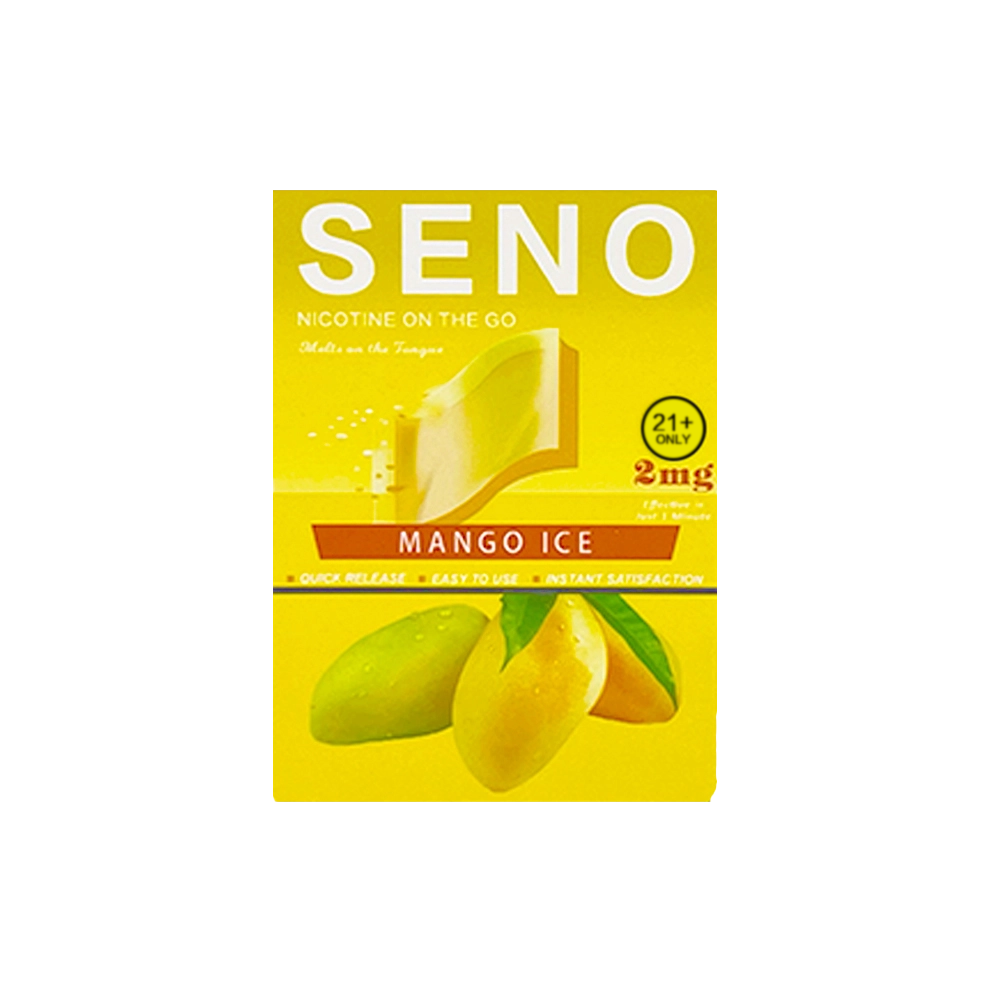In the realm of commerce, understanding the nuances between wholesale and consumer sales is crucial for businesses aiming to thrive in today's competitive market. While both types of sales involve the exchange of goods or services for monetary value, they cater to distinct target audiences and operate within different frameworks. This article delves into the intricacies of wholesale and consumer sales, highlighting their disparities, benefits, and strategies for optimizing success in each domain.
- Defining Wholesale Sales:
Wholesale sales refer to transactions between businesses, where goods or services are sold in bulk quantities to retailers, distributors, or other businesses. The primary objective of wholesale sales is to facilitate the distribution and supply chain process, enabling retailers to stock their inventory and meet consumer demands efficiently. Wholesale transactions typically involve negotiated pricing, larger order volumes, and specialized terms and conditions tailored to the needs of businesses. - Understanding Consumer Sales:
Consumer sales, on the other hand, revolve around transactions directly with end-users or individual customers. These sales occur when businesses sell products or services directly to consumers for personal use. Consumer sales often take place through various channels, including physical retail stores, e-commerce platforms, or direct sales. Unlike wholesale sales, consumer sales involve smaller quantities, standardized pricing, and a focus on meeting individual customer preferences and needs. - Key Differences:
3.1 Target Audience:
The primary distinction between wholesale and consumer sales lies in their target audience. Wholesale sales target businesses, aiming to fulfill their inventory requirements and cater to the demands of their own customer base. Consumer sales, on the contrary, focus on individual customers who purchase products or services for personal consumption.
3.2 Volume and Pricing:
Wholesale sales involve larger order volumes, allowing businesses to benefit from economies of scale and negotiate favorable pricing terms. In contrast, consumer sales typically involve smaller quantities and standardized pricing, as businesses cater to individual customer needs and preferences.
3.3 Relationship Dynamics:
Wholesale sales often involve long-term relationships between businesses, fostering partnerships and collaborations to ensure a smooth supply chain. In consumer sales, the relationship is more transactional, with businesses striving to build brand loyalty and provide exceptional customer experiences.
- Maximizing Success in Wholesale Sales:
4.1 Building Strong Relationships:
Establishing robust relationships with retailers, distributors, and other businesses is crucial in wholesale sales. This involves effective communication, reliable product quality, and consistent delivery to foster trust and loyalty.
4.2 Competitive Pricing and Value Proposition:
Wholesale businesses should focus on offering competitive pricing while emphasizing the unique value they bring to the market. This can include superior product quality, efficient logistics, or exceptional customer support.
4.3 Streamlined Operations and Supply Chain Management:
Efficiency is key in wholesale sales. Implementing streamlined operations, optimizing inventory management, and investing in technology-driven supply chain solutions can enhance productivity, reduce costs, and improve overall customer satisfaction.
- Excelling in Consumer Sales:
5.1 Understanding Customer Needs:
Consumer sales require a deep understanding of customer preferences, buying behavior, and market trends. Conducting market research, gathering customer feedback, and leveraging data analytics can provide valuable insights for tailoring products, marketing strategies, and customer experiences.
5.2 Omni-channel Presence:
To succeed in consumer sales, businesses should establish a strong presence across multiple channels, including physical stores, e-commerce platforms, and social media. This allows customers to engage with the brand seamlessly and make purchases through their preferred channels.
5.3 Personalization and Customer Engagement:
Providing personalized experiences and engaging with customers on a deeper level can foster brand loyalty and drive repeat purchases. Utilizing customer relationship management (CRM) systems, targeted marketing campaigns, and personalized recommendations can enhance customer satisfaction and retention.
Conclusion:
In conclusion, understanding the fundamental disparities between wholesale and consumer sales is essential for businesses seeking to thrive in today's dynamic market. By recognizing the unique characteristics, target audiences, and strategies associated with each type of sale, businesses can tailor their approaches, optimize operations, and maximize success. Whether engaging in wholesale sales to facilitate efficient distribution or excelling in consumer sales by meeting individual customer needs, a comprehensive understanding of these distinctions is paramount for sustained growth and profitability.










+ There are no comments
Add yours